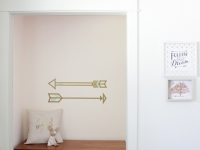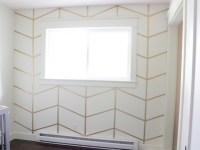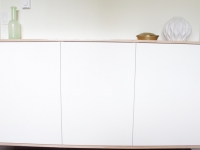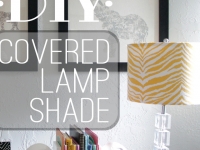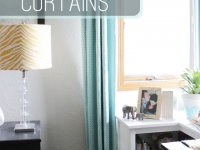It's the season for gardening and I'm going to show you how we here at The Caldwell Project do it.
Planning a garden can be as simple or as detailed as you want it to be. We run a decent sized operation, so I'll give you a run down of what we do to get our garden started.
Very first off, we gather the supplies needed for our garden plan and starts (a start is growing your own plant from a seed).

List of Supplies:
- Plant trays
- Planting pots (we use peat pots and pellets)
- Seeds
- Seed starter soil mix
- A way to label seeds
- Seedling heat mat (Optional)
- Informative planting books (Optional, but very helpful)
- A garden plan
Before you do anything else, you'll want to plan out your garden.
We map out our garden on grid paper so we know how many plants we can fit within the space.
Our garden plan last year looked like this.

We always change up the location of our vegetables a little each year so as to preserve nutrients and avoid disease in the soil.
This year we are also putting a new addition onto the garden. Partially because we want more from our garden, and partially because I'm SICK of our dogs fence fighting with the neighbor dogs. Seriously how many times do I have to tell you to LEAVE IT? #furreal The new addition completely blocks off the ever favorite fence fighting location.

Having a garden plan is very important. There are some plants you should not put next to each other and, vise versa, some plants that help one another that are called companion plants. For a list on which plants are not good together, and which are companion plants, see here. Having a plan will help you organize where things go and space them according to their needs. Most seeds packets will say on the back how much space is required for each plant.
We find that having some informative books for seed and planting information is tremendously helpful.

Once you have your garden all planned out, you will have to create a garden calendar. Each planting zone will have a different calendar. To find which zone you are, simply enter in your zipcode on this site. We are zone 5B.
What zone you are in determines what you can and can't grow and how early you should start certain plants. For examle, our zone doesn't have a long enough natural summer to grow things like watermelon and cantaloupe, so we have to start them inside, weeks before we can plant them outside.
If you are a zone 5B like us, we find this website very helpful for planting. We don't follow it verbatim (for example, we plant our melons earlier than it says to) but keep to the schedule pretty closely.
If you find it difficult to create your own gardening calendar, you can search for one online that is for your specific zone.
At this point you're ready to plant your starts.
Whether you are using seed starter trays with pellets, peat pots, or some other method, be sure to follow to the instructions that comes with it. Plant your seeds to the depth it says on the seed package.
Once your seeds are planted you need to put them somewhere warm, that gets a LOT of light. If you, like us, do not have a spot in your house that gets enough light, you may want to consider getting a grow light. Seeds actually need 12-15 hours of light to grow as if they were really in the full sun during summer.

We keep our light on a timer so we don't need to worry about turning it on and off.

We also have seedling heat mats under our trays to speed the germination process and to keep our starts warm in our cold basement.
In a few days you'll have sprouts, and in a few weeks some of your plants may need to be transplanted if they get too big. Our corn was getting too big for the pellets, so we had to transfer them to bigger pots.

We also eliminated some of the sprouts that weren't strong enough and to make enough space for the new, larger corn pots.

We always try to plant more seeds than we need and select the strongest ones to go into the garden. Some seeds may not sprout at all, so be sure to plant enough. You can see on the very bottom row we only had one really good watermelon start. The pumpkins on the other hand, in the middle row, performed beautifully. The cantaloupe, on the top, didn't do too bad either.

We are trying a second time at growing our own onions. We were unsuccessful last year, but are giving it another shot this year. (We may have bought some starts from the store too...just in case.)

Once the corn was transplanted to their new digs, and everything rearranged, we threw it all back under the lights.

We will be planting our tomatoes this week (since we were supposed to do it last weekend, but, of course, got too busy).
This weekend we will also be planting our broccoli and cabbage. #fingerscrossed we don't get too busy.
We have been contemplating building our own greenhouse. I'll let you know if that becomes reality. #anotherproject

Tags
- Facebook Like
- Google Plus One

- Log in to post comments

